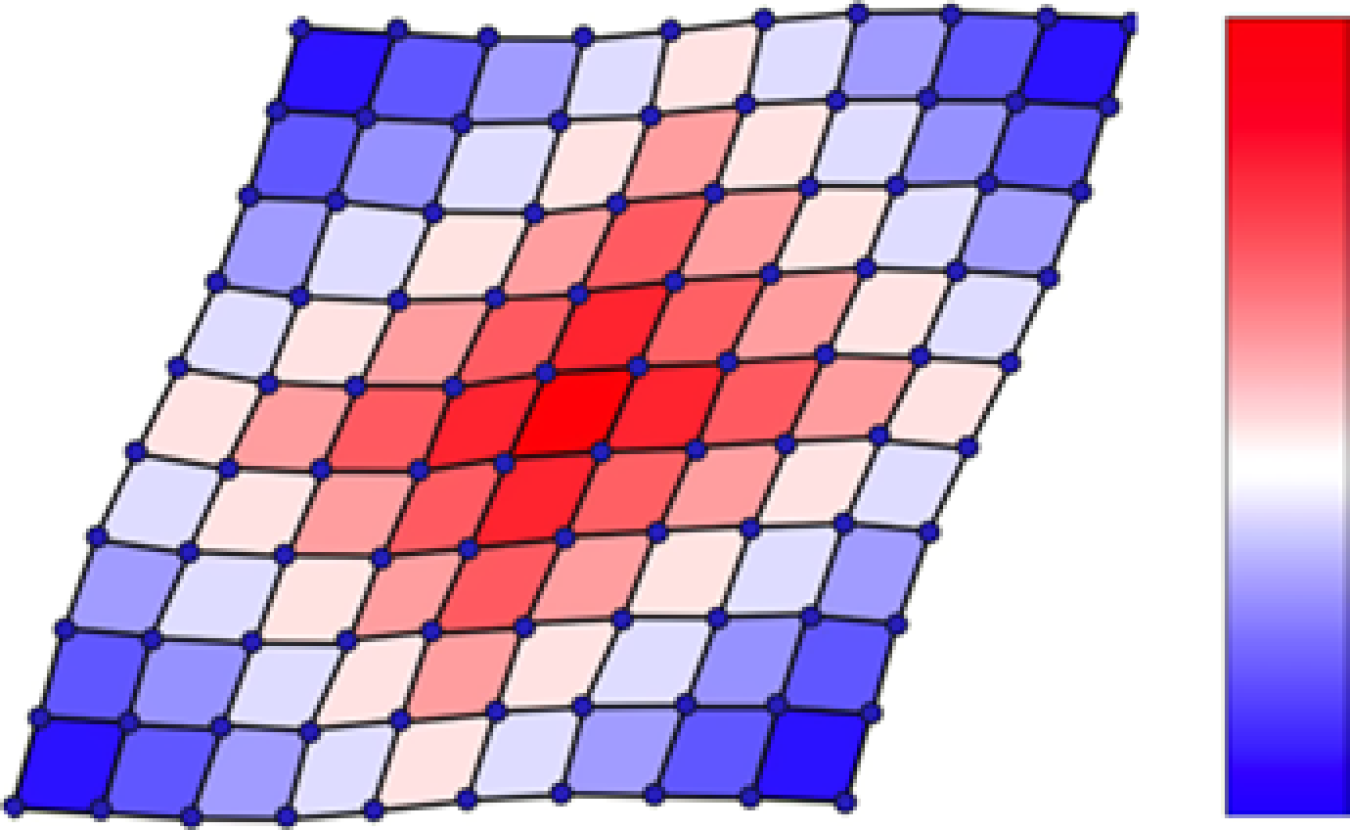A “neutron camera” device reveals how a thermoelectric material maintains an overall crystalline structure despite local dynamic disorder
June 17, 2025The Science
Thermoelectric materials convert heat directly into electricity. They offer a promising way to produce energy from waste heat. But first, scientists need a better understanding of these materials’ properties and how to control them. The thermoelectric material germanium telluride (GeTe) has interesting properties that can be modified. GeTe has a crystal structure similar to rock salt. Researchers had questions as to whether GeTe remains in an overall crystalline form under different conditions or if its crystal structure can be disrupted. In this study, researchers used a novel “neutron camera” technique to examine the structure of GeTe. The study found that GeTe maintains its overall crystalline form—and thus its ability to conduct electricity. At the same time, parts of the GeTe structure move, a process called dynamic disorder, and this slows the ability of GeTe to conduct heat.
The Impact
The combination of dynamic disorder and a well-organized crystalline structure are useful in a thermoelectric material. Disorder is important because it slows heat transport within the material. This prolongs the material’s ability to conduct electric current through its crystalline lattice. The presence of dynamic disorder and crystalline structure in a single material could lead to more efficient solid-state devices. These could include improved heat pumps and thermoelectric generators. This work also resolved a disagreement between the results of local and average structure measurements.
Summary
Thermoelectric effects are produced by a heat gradient — hot to cold — in materials that resist heat flow while retaining electrical conductivity. Various types of measurements have produced conflicting results about the role of disorder in determining the properties of these energy materials.
In this study, researchers used a novel hybrid neutron scattering technique, the variable-shutter pair distribution function, or vsPDF, to measure the atomic properties of the thermoelectric material cubic germanium telluride (GeTe). Using a photography analogy, the technique’s ‘shutter speed’ can be changed by separating the components of the signal produced when neutrons probe a sample material. Using this method, researchers could distinguish between the material’s time-averaged (overall) structure and the instantaneous snapshots that capture only local disorder.
The results revealed the presence of local disorder while the overall structure remained crystalline. Calculations based on the results agree with the theory that the electronic conductivity in GeTe is maintained in specific crystallographic directions at the same time that thermal conductivity is disrupted.
Contact
Simon J. L. Billinge
Columbia University
sb2896@columbia.edu
Simon Kimber
sajkimber@protonmail.com
Funding
This work was supported by the Programme of Investments for the Future, an ISITE-BFC (Université Bourgogne Franche-Comté) project. Other funding sources included the Laboratory Directed Research and Development program and Compute and Data Environment for Science at the Oak Ridge National Laboratory; the Department of Energy (DOE) Office of Science, Office of Basic Energy Sciences, including the Materials Sciences and Engineering Division; the National Science Foundation; and the University of Costa Rica. This research used resources at the Spallation Neutron Source, a DOE Office of Science user facility.
Publications
Kimber, S., et al., Dynamic crystallography reveals spontaneous anisotropy in cubic GeTe. Nature Materials 22, 311-315 (2023). [DOI: 10.1038/s41563-023-01483-7]
Related Links
‘Neutron camera’ method captures atomic-scale activity in a flash, Oak Ridge National Laboratory news


